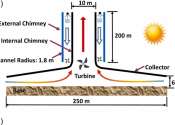Radiation-immune and repairable chips to fabricate durable electronics
To operate safely and reliably in outdoor environments, electronic devices should be resistant to a wide variety of external factors, including radiation. In fact, high-energy radiation can damage several components of field-effect ...









